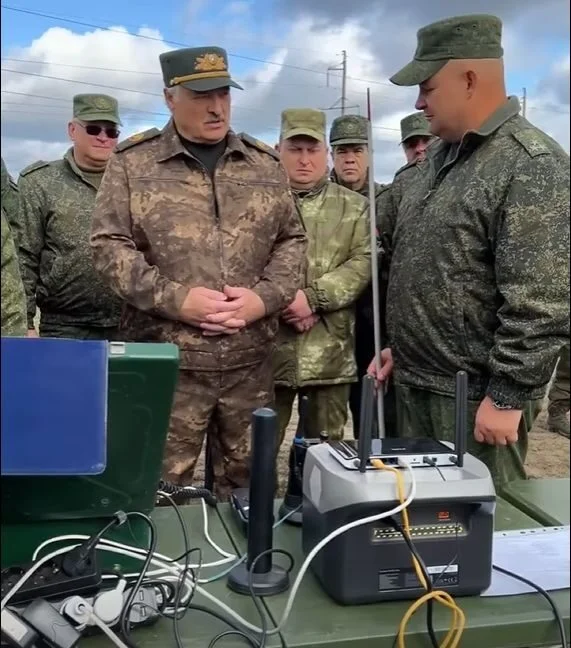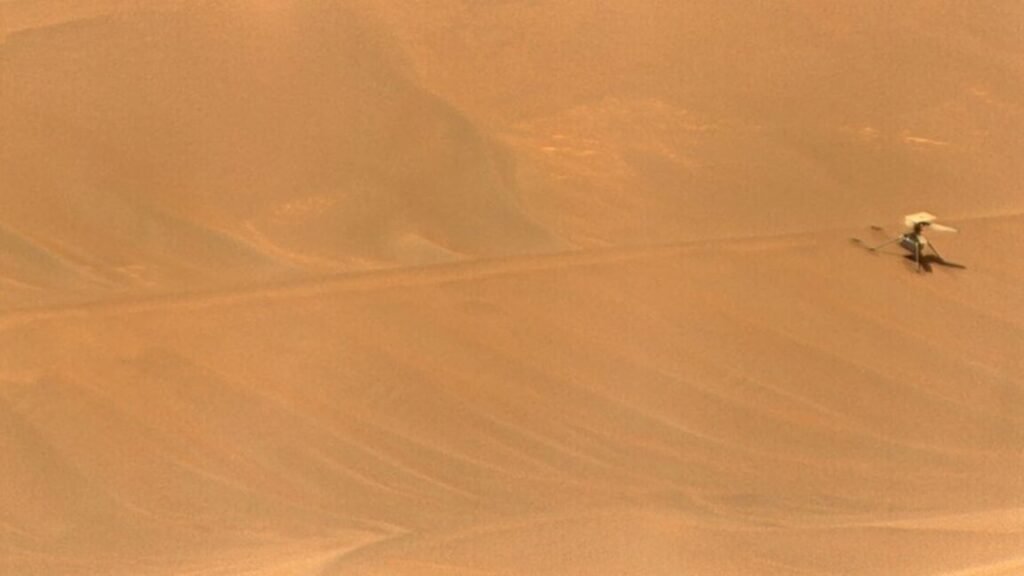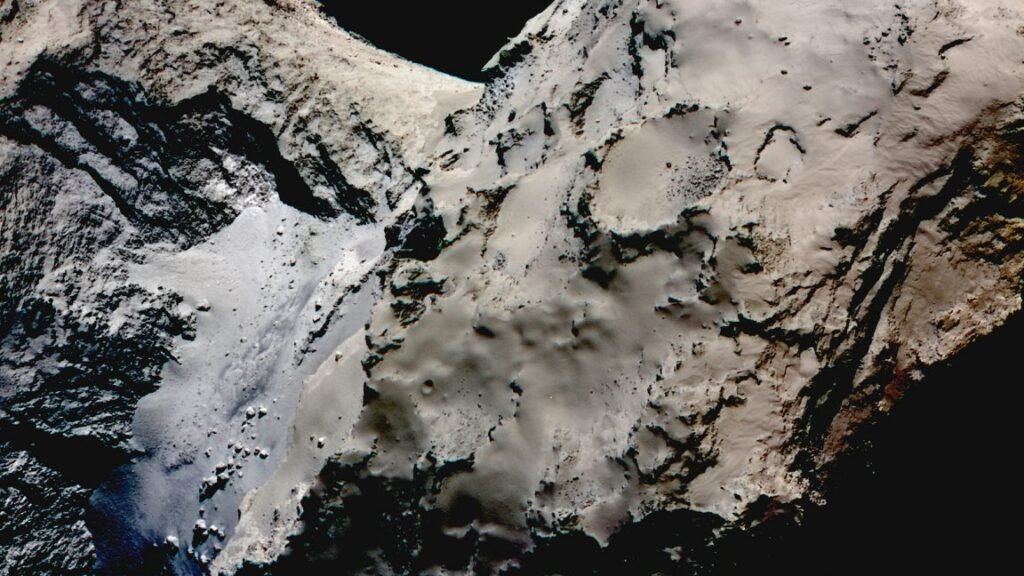NASA astronaut Nick Hague and Russian cosmonaut Aleksandr Gorbunov lifted off Saturday from Florida’s Space Coast aboard a SpaceX Dragon spacecraft, heading for a five-month expedition on the International Space Station.
The two-man crew launched on top of SpaceX’s Falcon 9 rocket at 1:17 pm EDT (17:17 UTC), taking advantage of a break in the stormy weather to begin their climb to space. Nine kerosene-fueled Merlin engines powered the first stage of the flight on a trajectory northeast from Cape Canaveral Space Force Station, then the booster detached and returned to landing at Cape Canaveral as the Falcon 9’s upper stage accelerated SpaceX’s Crew Dragon Freedom spacecraft into orbit.
“It was a sweet ride,” Hague said after arriving in space. With a seemingly flawless launch, Hague and Gorbunov are on track to arrive at the space station around 5:30 pm EDT (2130 UTC) Sunday.
Empty seats
This is SpaceX’s 15th crew mission since 2020, and SpaceX’s 10th astronaut launch for NASA, but Saturday’s launch was unusual in a couple of ways.
“All of our missions have unique challenges, and this one, I think, will be memorable for a lot of us,” said Ken Bowersox, NASA’s associate administrator for space operations.
First, only two people rode into orbit on SpaceX’s Crew Dragon spacecraft, rather than the usual complement of four astronauts. This mission, known as Crew-9, originally included Hague, Gorbunov, commander Zena Cardman, and NASA astronaut Stephanie Wilson.
But the troubled test flight of Boeing’s Starliner spacecraft threw a wrench into NASA’s plans. The Starliner mission launched in June with NASA astronauts Butch Wilmore and Suni Williams. Boeing’s spacecraft reached the space station, but thruster failures and helium leaks plagued the mission, and NASA officials decided last month it was too risky to bring the crew back to Earth on Starliner.
NASA selected SpaceX and Boeing for multibillion-dollar commercial crew contracts in 2014, with each company responsible for developing human-rated spaceships to ferry astronauts to and from the International Space Station. SpaceX flew astronauts for the first time in 2020, and Boeing reached the same milestone with the test flight that launched in June.




